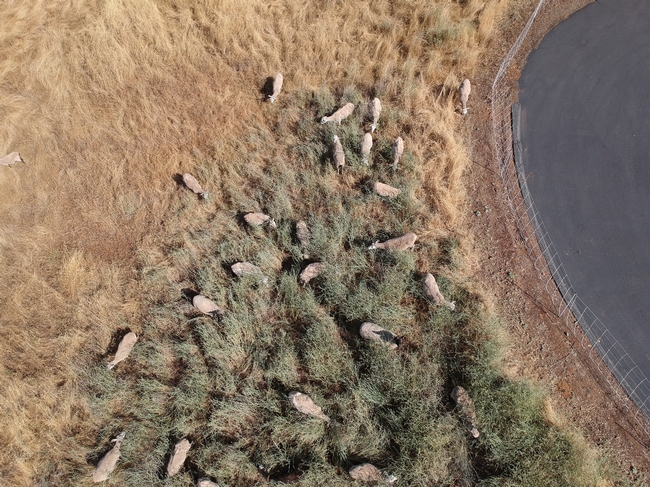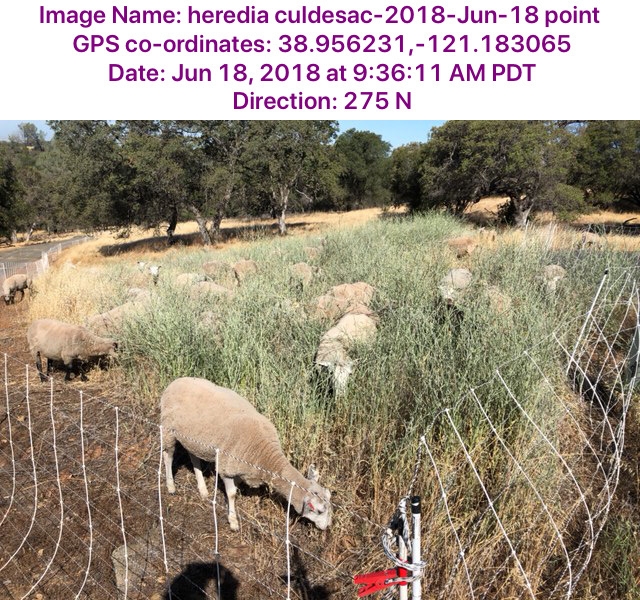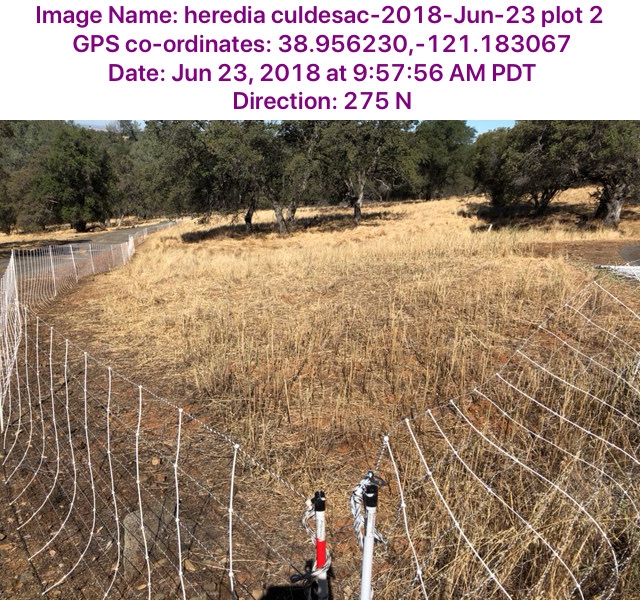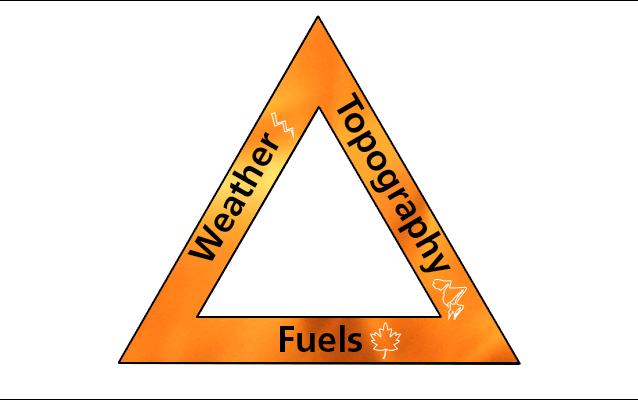When we were in the targeted grazing business, I always marveled that many landowners and land managers didn't start thinking about managing their fuel loads until the grasses and other fine fuels really started growing in April. To this day, I still get phone calls and emails in April and May inquiring whether I can provide sheep or goats to reduce someone else's fire danger. Even now, with more producers providing targeted grazing services throughout the state, there simply are not enough livestock in California to treat all of the dangerous fine fuels (what many of us used to call "fall feed"). Consequently, we need to think about where and how we graze strategically - where can we provide the greatest protection to neighborhoods, infrastructure, and even our own farms and ranches?
Every spring, I see a news report where CalFire suggests that we're facing another dangerous fire season. Either we've had lots of precipitation, which means lots of grass (a.k.a., fine fuel), or we've had a dry, warm spring (like this year), which means fire season may start earlier than normal. This week, we're coping with the first heat wave of the summer (even though it's not officially "summer" yet) - which always raises awareness of the fire threat even further. We've even seen the first grass fires in the Sacramento Valley. I know I've started paying more attention to the aircraft flying over our home place - all summer, I glance up to see if it's a fire plane (and if it is, I start looking for smoke on the horizon). Finally, these first hot days remind me that it's time to get serious about our ranch fire plan (click here for a fire planning for ranchers fact sheet).
Now I'm certainly no expert when it comes to fire behavior - that combination of fuels, topography, and weather that drives site-specific wildfire conditions. However, when I look at the areas where we graze our sheep in the summer months, I think this fire behavior triangle is a useful lens. I ask myself the following questions:
- Where are the fine fuels most likely to create a ladder for fire to get into brush or trees?
- Where are the likely ignition sources in this landscape? While I can't necessarily control the natural ignition sources (like lightning), are there other potential sources (like recreation areas, roadways, utility infrastructure)?
- Are there assets in the community or on the particular property that I want to protect from fire? This may include homes, outbuildings, wells, sensitive ecological areas, or other values.
- Are there areas where modifying the fine fuels could slow a fire, giving firefighters a chance to stop it? This relates, at least in part, to the topography of a particular location.
When it comes to this last point, I think it may be useful to think of grazing like we're creating what my forester friends call a shaded fuel break. My friend Allen Edwards, who owns timber land outside of Colfax, had the foresight to construct a shaded fuel break on his property on either side of an access road along the ridge between the American River canyon and Interstate 80. To create the shaded fuel break, Allen removed the ladder fuels under his mature trees (brush, small trees, and limbs on the larger trees). When the 2001 Ponderosa Fire came out of the canyon on a hot August day, his shaded fuel break allowed firefighters to safely make a stand and keep the fire from moving further east and north, into the town of Colfax. In the lower foothills, we may be able to use targeted grazing in similar manner. A combination of grazing and browsing livestock (cattle, sheep, and goats) can modify the fuel load such that fire behavior will change enough to give firefighters a chance. These "grazed" fuel breaks don't necessarily remove all of the flammable vegetation, but grazing impacts (including removal of the vegetation and trampling, which can reduce oxygen circulation within the dry forage) can slow a fire's advance. These types of fuel modifications should be coupled with roads or other access points that allow firefighter access in the event of a fire.
If you're considering using a targeted grazing contractor, click here for a fact sheet. I also have a list of regional targeted grazing contractors available on my website. If you're a rancher who is thinking about adding targeted grazing as an enterprise, here's a short power point on the Principles of Targeted Grazing. If you still have questions, contact me at dmacon@ucanr.edu.



